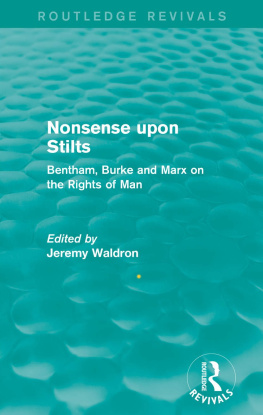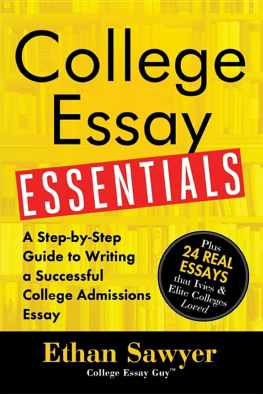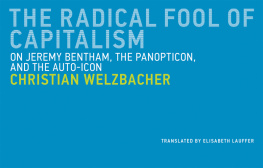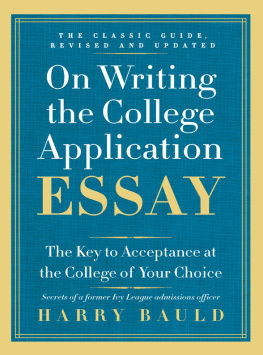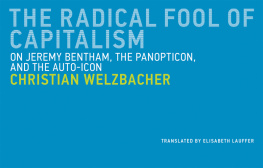Author : Nabeel Zaidi, LLB (Hons), LLM, PG. Dip., DMS, Cert. Ed., MBA, Barrister
About this publication
This is an essay about Jeremy Benthams Auto-Icon, which is represented by a pamphlet outlining his desire to be dissected for medical experimentation after his demise and also the public display of his physical remains in the Cloisters building at University College London. The essay considers the context, motivation and rationale for adopting such a radical stance for its time. The essay included research of Benthams unpublished manuscripts and published works. The essay formed part of an LLM Masters degree in Law at University College London during 1995-1996 (and was awarded a Distinction). It may prove useful to individuals reading law, history, philosophy, sociology or those with a general interest in Jeremy Bentham and, unlike many other publications in this genre, can be read in one sitting.
Copyright Nabeel Zaidi, 1996
The moral right of Nabeel Zaidi to be identified as the author of this work has been asserted by him in accordance with the Copyright, Designs and Patents Act 1988.
All rights reserved. No part of this publication may be reproduced, stored in a retrieval system, or transmitted in any form or by any means, electronic, mechanical, photocopying, recording, or otherwise, without the prior permission of the copyright owner of this book.
ISBN-13: 978-1511570992
ISBN-10: 1511570997
Contents
Jeremy Bentham's Auto-Icon: an egoistic advertisement for reform
A philosopher's last thoughts are usually of some interest; in the case of Bentham they are so surprisingly like the whole tenor of his life that they deserve some exploration" (Fenn; 1992: iii)
1. Introduction
The "Auto-Icon" is situated in a secluded corner of the South Cloisters building at University College London, clothing the preserved bones and wax head of Jeremy Bentham, open daily for display, providing the uninitiated observer with little insight into the life of the social reformer, the utilitarian and the empirical sceptic.
The "Auto-Icon" also refers to an unpublished pamphlet, written just before Bentham's death, encompassing implicit references and links to most of his life's work and providing, in combination with his wish to be dissected, an indication (which until recently has not been publicly discussed) as to his motivations for adopting such a radical position for his time.
This is not to say that authoritative and thought provoking books and articles have not been published on this area, but what has been published has, however, been predominantly concerned with locating these two aspects within a medical-history standpoint examining in particular the attitudes towards dissection, omitting discussion or analysis of the variety of Bentham's other works, which provide some persuasive causal links for his position on dissection and iconisation.
The aim of this essay, then, which is divided into three parts: (dissection, auto-icon, and egoism), is to locate Bentham's auto-icon within his broader lifetime's publications, extracting as we proceed the motivations which led him to request his dissection and iconisation. Such a discussion should provide a much needed gloss on both these aspects of his life - transcending the ridicule that his auto-icon has generated amongst some commentators to reveal a consistent and rational (although somewhat egoistic) reformer.
Consistency provided the 'back bone' to Bentham's empiricism and this is reflected also in his position on dissection, which he maintained till the end, stating that "[b]y [dissection] I shall have made to the fund of human happiness a contribution, more or less considerable" (Fenn; 1992: 2). It is to this discussion that I now turn.
2. Regulating dissection
In the early nineteenth century the gallows provided the only source of corpses for anatomists to dissect, with the act of dissection representing a means of punishment, denying a Christian burial to those hanged and leading to increased hostility and local tension amongst the dissected victim's family and friends.
Coupled with an increase in demand for more effective medical practice (particularly by the affluent), this militated an expanding black market in body snatching, satiating such demand but only at a significant profit, thus ensuring that no individuals' buried remains were beyond pillage. The emergence, however, of new security-conscious coffins and guarding facilities pioneered by entrepreneurs, to a large extent, increased the risk of appropriation for those not in a position to make the arrangements for such protection on death (in particular the indigent poor).
At this point it may be argued that Bentham was himself concerned to avoid being exhumed for dissection upon burial, but this argument is weakened by the fact that he bequeathed his body in 1769, at the age of 21, in a will deposited in the hands of Chamberlain Richard Clark an Attorney at law. In the absence of evidence to suggest that Bentham's health was failing during this period in his life, it is more convincing to suggest that this was the adoption of a moral and empirical stance in opposition to the church, which endorsed Christian burial and disapproved of dissection.
Moreover, Bentham by the time of his death had inherited a considerable legacy and consequently was a man of some financial standing. Given the new, although not fool-proof, security measures for the dead available at that time, together with the likely passage of the Anatomy Act
The body snatchers bore the brunt of popular disdain for securing the supply of bodies for dissection, galvanising the anatomists from blame for maintaining the demand for such illegal activity. It was not until 1827-8 that a change in the case law led to the conviction of an anatomist, prompting parliamentary activity in developing legal regulation of any future supply of bodies for dissection, which was concordant with long held demands by the medical profession for legal reform.
To this end, Bentham's draft bill (entitled "A Bill for the more effectual prevention of the violation of Burial Places"), which was contained in a correspondence to Robert Peel two years earlier, had a profound influence on the Anatomy Act, attracting Benthamite sympathisers at key levels, leading some to suggest that the Select Committee on Anatomy (responsible for conducting investigations and gathering evidence for the Act) favoured their views (Richardson; 1988:108).
Bentham's draft bill recommended the legal recognition of an implied contract between patient and charity/hospital so that in the event of death, in return for medical care, the patient's corpse would be at the disposal of the hospital's dissectors. This was with the proviso that if surviving relatives swore to their relationship within 24 hours of the death the body would be delivered to them for burial without dissection.
However, where there were 'extraordinary symptoms' a post-mortem would be carried out to determine the cause of death, with 100 being paid to the relatives in cases where the body was not subsequently returned to them. In addition to which, the draft bill proposed a Christian burial for the dissected remains at the anatomist's cost, the use of administrators in keeping dissection records and newspaper publication of the names of the deceased, and a repeal of the Act under which murderers were dissected (Richardson; 1986:26-7).
Curiously enough, Bentham's draft bill did not address itself to the need to establish an Inspectorate of Anatomy to oversee and enforce the Act, leaving aside also the potential conflict concerning the supply of dead bodies for dissection between the 'independent' private schools of anatomy and the schools attached to hospitals which yielded income to top surgeons. Notwithstanding these deficiencies, the Act, while adopting some of Bentham's proposals, such as abolishing the use of dissection as a method of punishment for murder, was not faithful to his draft bill either in content or in enforcement, omitting to include most of his proposals.
Next page



